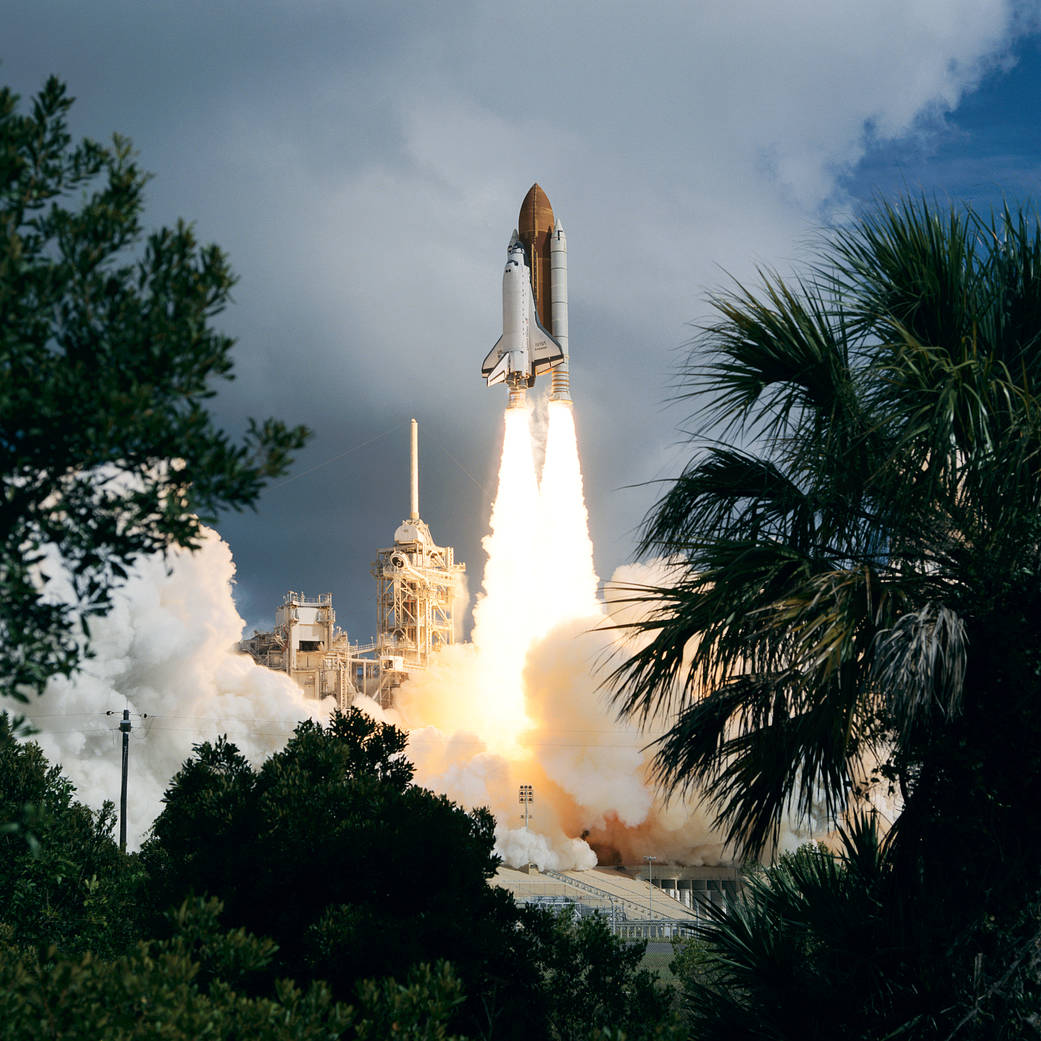This week in 1993, space shuttle Endeavour, mission STS-57, launched from NASA’s Kennedy Space Center on a nine-day mission. STS-57 marked the first flight of Spacehab, a pressurized laboratory designed to more than double pressurized workspace for crew-tended experiments. Twenty-two experiments were flown, covering materials and life sciences and wastewater recycling experiments for space stations. Today, the Payload Operations Integration Center at NASA’s Marshall Space Flight Center serves as “science central” for the International Space Station, working 24/7, 365 days a year in support of the orbiting laboratory’s science experiments. After 20 years of continuous human presence, the space station remains the sole space-based proving ground and stepping stone toward achieving the goals of the Artemis program. The NASA History Program is responsible for generating, disseminating, and preserving NASA’s remarkable history and providing a comprehensive understanding of the institutional, cultural, social, political, economic, technological, and scientific aspects of NASA’s activities in aeronautics and space. For more pictures like this one and to connect to NASA’s history, visit the Marshall History Program’s webpage. (NASA)
1 min read

























